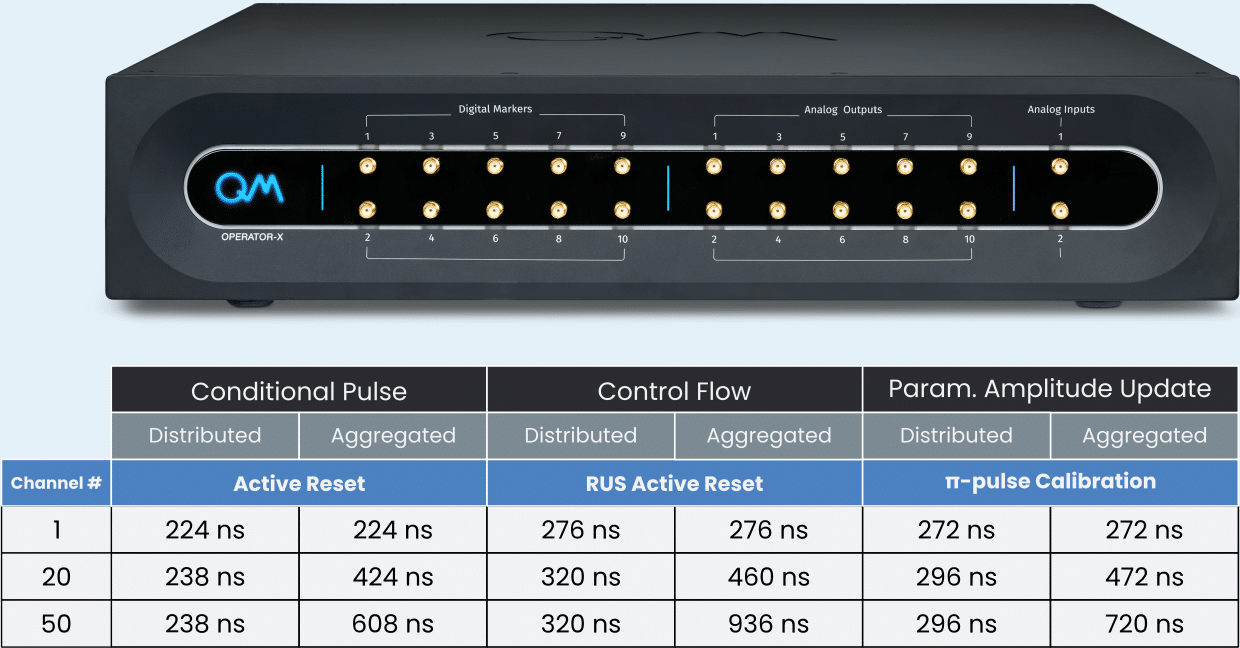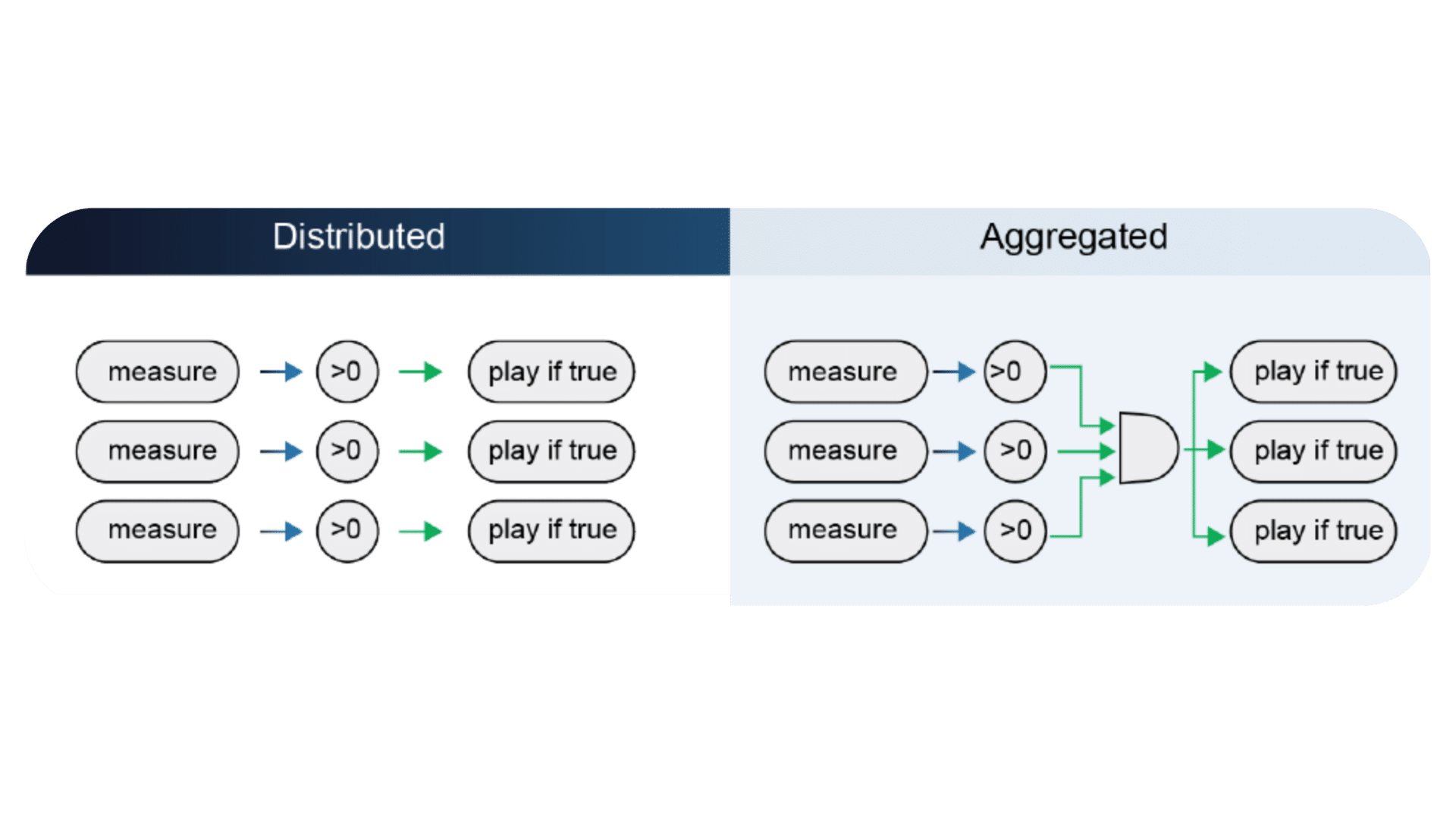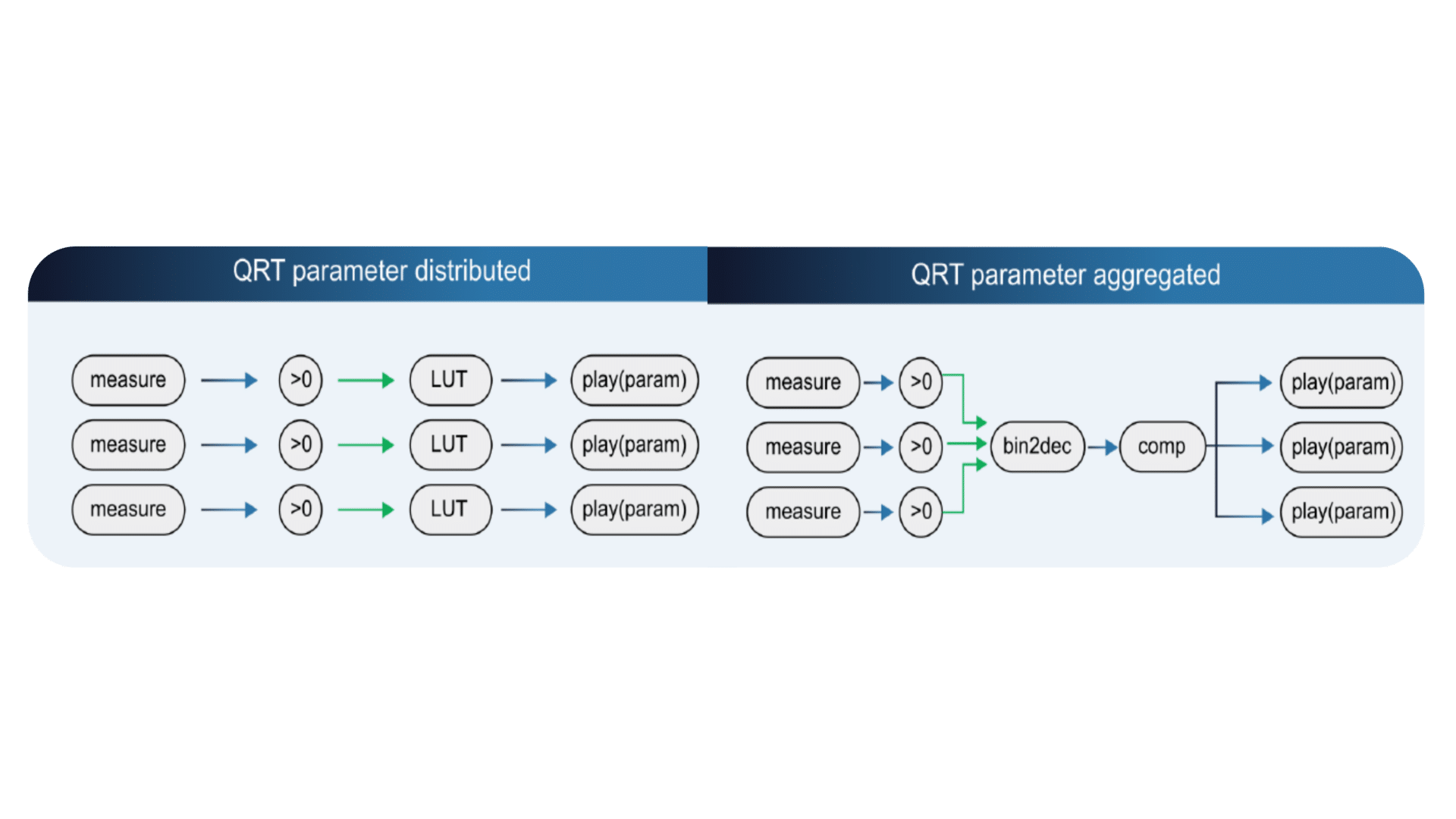Adaptive Quantum Circuites (AQCs) – means having pulses, readout, thresholds, other circuit parameters and control flow dynamically modified, in real-time, based on computation and outcomes of mid-circuit measurements, allowing for unlimited branching and fully adaptive quantum-classical circuits.












